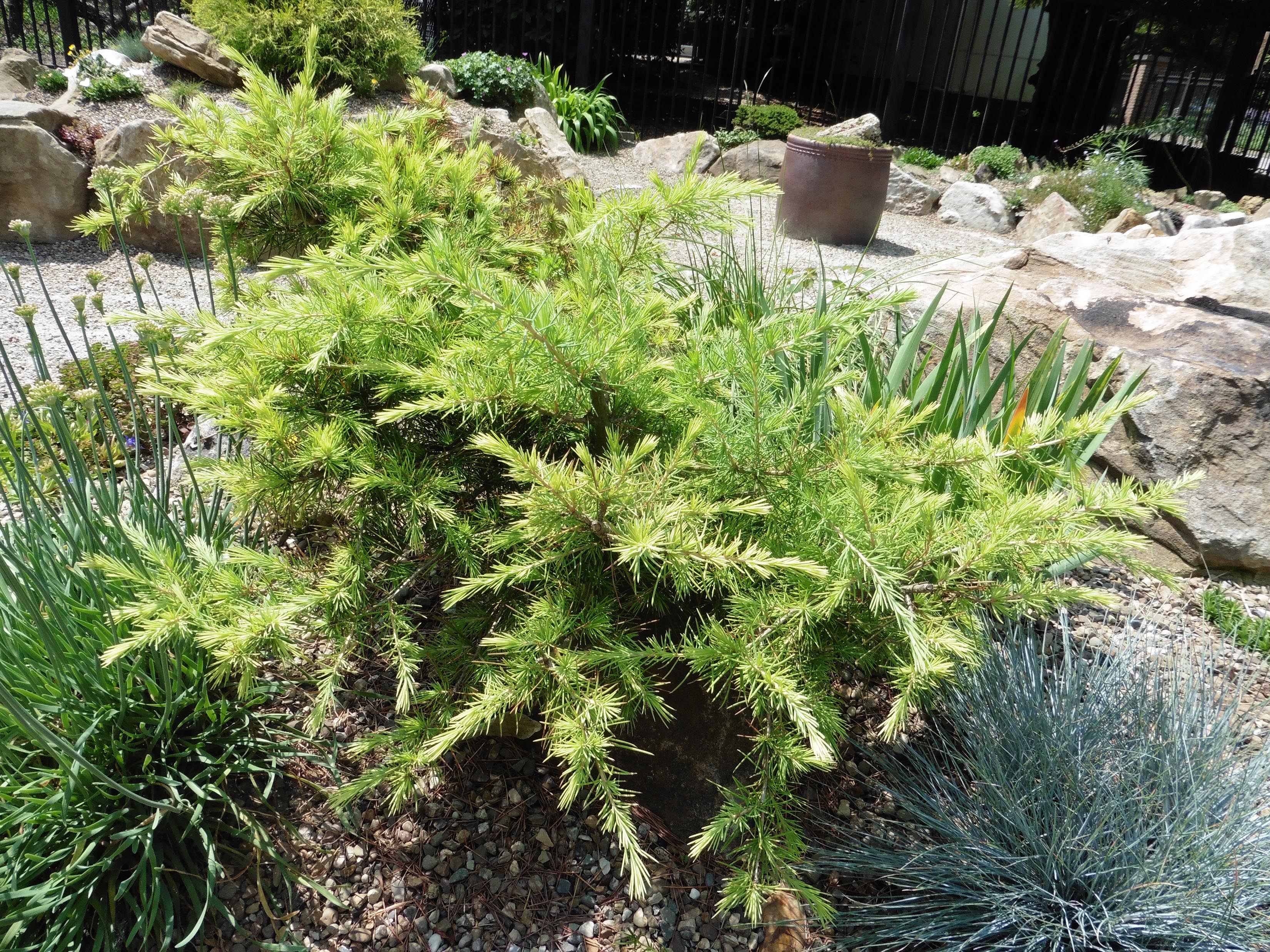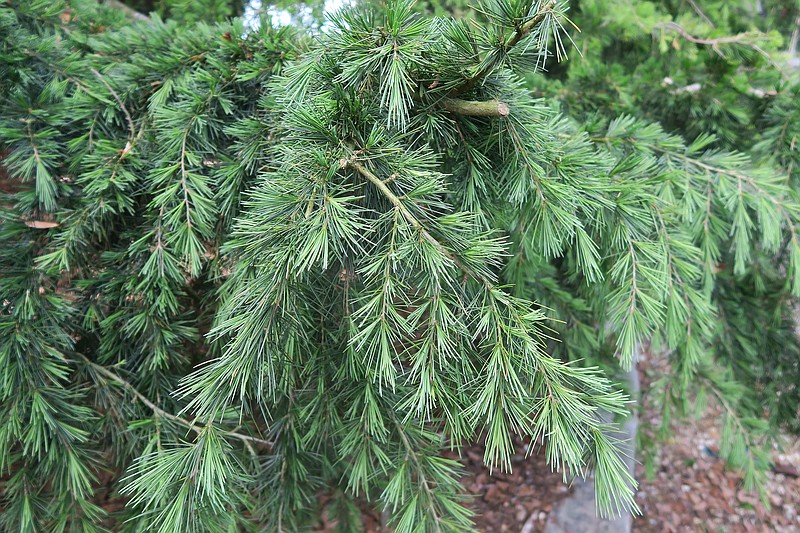DECEMBER
By now most areas of the state have had at least a light freeze, with many having had a hard freeze. Garden cleanup is needed.
◼️ Leaves are still falling from some trees, while others are already bare. Find time to rake or mow to keep a heavy layer from accumulating and smothering out your lawn. Shredded leaves make a great mulch, or a good kick-start to compost.
◼️ Cleaning up spent perennials will help them start their next season off clean. A light layer of fresh mulch will freshen things up.
◼️ My yard in Central Arkansas got a light but hard frost in November that finally nipped my tender summer vegetables. Surprisingly, I still have some summer annuals and even some tropical flowering hibiscus and mandevilla that are soldiering on. I am letting them go as long as possible.
◼️ If you haven't bought and/or planted your winter color, choose flowering plants and try to get them in the ground soon. There is still time to plant spring-flowering bulbs underneath the winter annuals for double-duty color next spring.
◼️ When we have an intermittent warm day, fertilize your pansies to keep them blooming well.
◼️ Winter vegetables are still growing well with no need of frost protection. From cabbage to greens, carrots and broccoli, these plants can grow all winter with little protection except on unusually cold days. Lettuces are not as forgiving — if temperatures are predicted much below 27, we want to cover them.
◼️ Poinsettias are still the holiday staple flowering plant for indoors. They come in a wide array of sizes and colors, from shades of red to whites, pinks, mottled and speckled, and even pale yellow and orange. Bright light and even moisture are all they need to thrive.
◼️ If you have a freshly cut Christmas tree, don't let it dry out. Take an inch or two off the trunk when you bring it home to open up the pores to absorb water. Make sure the base is kept in plenty of fresh water. Even with the best of care, trees dry out inside our heated homes, so use caution around them.
◼️ Amaryllis bulbs are in ample supply now. Pot your bulb up when you get it home if it is not already in a container. Give it a little water and plenty of sunlight and watch for it to put on new growth. Turning the plant twice a week will help keep the stems from leaning toward the light, and make it more stable. The plants do grow quite large and can get top-heavy. Consider weighting down the pot or staking the plant to prevent damage. Once the bulbs show signs of life, you will usually have a bloom in six weeks. After bloom, foliage will appear that needs to be kept growing until you can move the plants outdoors for the summer.
◼️ Periodically check houseplants or tropical plants that you are overwintering indoors. If you spot signs of mealybugs, aphids or spider mites on any plants, isolate them from other plants, or pretty soon all of your plants will be infested. These plants don't need as much water inside as they do outdoors. Bright light and lower temperatures indoors will help them adjust to low levels of humidity. Indoor winter heating is very drying, but don't overwater.
 New varieties of Deodora include several dwarf forms whose mature heights range from 4 to 10 feet. (Special to the Democrat-Gazette/Janet B. Carson)
New varieties of Deodora include several dwarf forms whose mature heights range from 4 to 10 feet. (Special to the Democrat-Gazette/Janet B. Carson)
DEODAR CEDAR
Gardeners often see blue spruces and white pines and long for that look in their Southern garden. Those trees prefer a cooler, less humid climate than we have in Arkansas.
A good substitute and a great Southern conifer is the Deodar cedar. The standard variety has fine textured, evergreen needles with a bluish gray color, but there are yellow foliaged forms as well.
The traditional variety is pyramidal with a narrow central leader. Occasionally, ice or wind can damage the central leader, leaving it with a more open top.
Deodora does best in full sun to partial shade with a very well-drained, acidic soil. It is also deer resistant.
The standard variety will be large at maturity, reaching upward of 40-70 feet or more with a spread of 30-40 feet.
Many new cultivars are on the market, including dwarf and shrubby forms as well as standard trees. Learn about the mature size of an individual plant before buying, so you don't end up with any surprises.
Janet Carson's blog is at arkansasonline.com/planitjanet.
